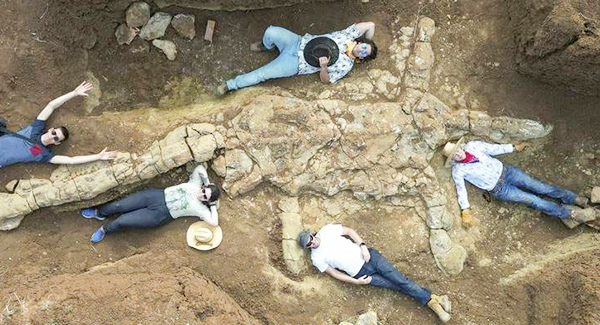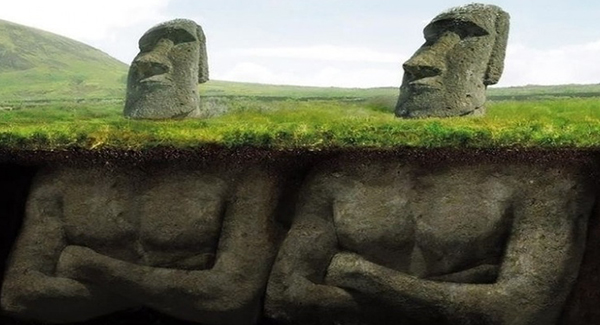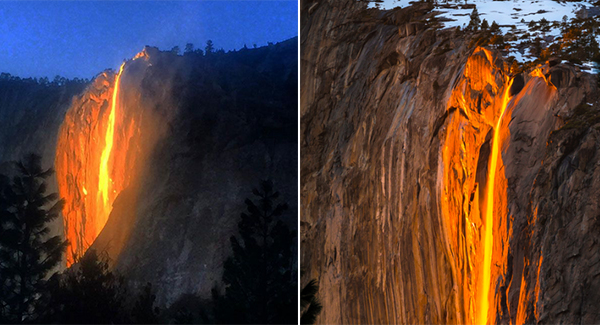The discovery of a giant 100 million-year-old marine reptile’s skeleton in Australia has been hailed by researchers as a breakthrough that may provide vital clues about prehistoric life.
At a large distant property in the McKinlay area, the whole skeleton of an old plesiosaur, or extinct sea reptile, was discovered—a first for Australia.

The rare fossil was discovered by a station owner, Cassandra, alongside fellow amateur fossil sleuths Sally and Cynthia, known as the ‘Rock Chicks’.
A comparison to the ancient engraved stone found in Egypt in 1799, which is thought to hold the secret to understanding Egyptian hieroglyphics, has been made between the find and the Rosetta Stone of marine reptile palaeontology.

A team of museum palaeontologists travelled to the remote site to collect the fossil of the elasmosaur, a plesiosaur that lived alongside the dinosaurs. The Elasmosaurus lived in the Eromanga Sea, which covered large parts of inland Australia between 140 and 100million years ago.
Dr. Espen Knutsen, a senior scientist with the Queensland Museum Network, oversaw the retrieval of the bones, which he described as the first known head and body of an Australian elasmosaur to be kept in a museum collection.
‘We were extremely excited when we saw this fossil – it is like the Rosetta Stone of marine palaeontology as it may hold the key to unravelling the diversity and evolution of long-necked plesiosaurs in Cretaceous Australia,’ Dr Knutsen said.
‘We have never found a body and a head together, and this could hold the key to future research in this field.

There are already well over a hundred different species of plesiosaurs that have been identified. Some had long necks and small heads, while others had short necks and enormous heads.
Elasmosaurus possessed thin teeth for grabbing fish, crabs, and mollusks and rose to the top of the sea to breathe air.
Scientists have discovered plesiosaur fossils with stones (called gastroliths) in the stomach area, showing they swallowed them to either grind up food in their stomachs or as ballast to aid in diving.

Dr. Jim Thompson, CEO of Queensland Museum Network, said the discovery will contribute to a thorough understanding of Queensland’s Cretaceous marine reptiles.
“We now hold the only head and body of an Australian elasmosaur in the world, and this significant find will contribute greatly to vital research into Queensland’s Cretaceous past,” Dr Thompson said.
One of Australia’s most complete plesiosaur specimens, known as “Dave the Plesiosaur,” is housed at the Queensland Museum Network. It was discovered in 1999, but although possessing 80% of its bones, it was lacking a skull, fins, and tail tips.”

Along with the new skeleton, the remains of plesiosaurs and ichthyosaurs were discovered and collected on the field trip, which will be transported to Townsville for preparation and further research.
The find is one of the biggest discovered by amateur palaeontologists the Rock Chicks, who have walked hundreds of kilometres on their quest to uncover fossils which include a plesiosaur each, a kronosaurus, an ichthyosaur and several fish and turtles.


